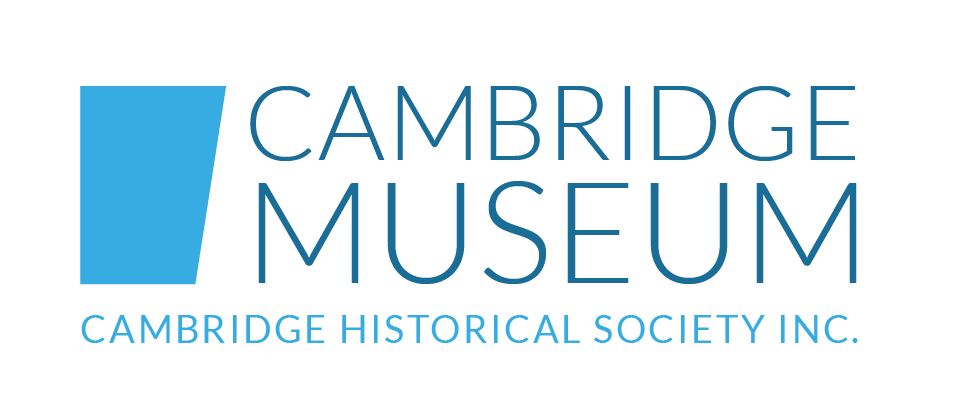Cambridge People
Explore the history of the generations of people who have shaped the Cambridge area.
Soldiers from Cambridge
From the Waikato War to the World Wars One and Two
From its beginning Cambridge New Zealand has been a military centre and when regular forces have not been needed abroad, volunteer units have kept alive our military tradition. Introduction by Eris Parker After the Imperial Army, the 3rd Regiment of the Waikato Militia was on duty from the founding of Cambridge in July 1864 until October 1867. Then the Armed Constabulary stepped up and served until September 1886 when a Police Force Bill and Defence Bill were passed in Parliament. The Cambridge Cavalry Volunteers (a mounted force) was active from 1872 to 1882 then the No.3 Company of the Waikato Mounted Rifles was formed in Cambridge in 1897. Many of these men volunteered for the South Africa War then continued with the 3rd Company of the Mounted Rifles until the Territorials - 16th Waikato Regiment - were introduced in 1911. The first parade was held in the Alexandra Hall on 13 November 1911 with Captain Sam Lewis in command. Cadets were introduced and schoolboys lined up for drill until the late 1960s. And again these men were ready to enlist when the Great War of 1914 was announced. Following the war they continued as territorials. Then came WWII and they contributed a company to the 18th Battalion 2nd NZ Expeditionary Force which operated in an armoured role during the campaigns in Greece and North Africa. They disbanded in 1946. In 1984 the Cambridge Borough adopted D-Company from the Sixth Hauraki army regiment to acknowledge the help given at Anzac Days and the regiment presented their crest to Cambridge. In 1997 D-Company adopted the title Waikato Company, and the following year the Hauraki regiment celebrated its centenary.The Armed Constabulary in Cambridge 1867-1886
From Militia to Armed Constabulary The Armed Constabulary Act of 1867 marked a turning point in New Zealand’s approach to law and order. With its passage, the Waikato Militia was disbanded and responsibility for policing…
MOREWorld War One – Cambridge Roll of Honour
In 2000 Eris Parker published a book called ‘Cambridge World War One – Something to Remember’ ©. In the foreword she said – “I, like most New Zealanders, feel that Anzac Day is special. A day to…
MOREWorld War One – Cambridge Supplementary Roll of Honour
For soldiers who had associations with Cambridge but are not included on the Cambridge Cenotaph A 9/1522 Corporal Philip Amos M.M. Brother of Mrs Frances Jamieson Age 27 Wellington Infantry Regiment Killed in Action 7…
MOREWorld War One – Te Miro Soldier Settlement
In 1916 the Government purchased James Taylor’s 1,200 acre Te Miro property for soldier settlement. Except for 2,000 acres of run-down pasture on the top terrace, known as ‘the old race course’, the block was…
MOREWorld War One – Departure of First Five Soldiers
The first five Cambridge men to leave for training for World War One were Tom Phillips, Robert Ferguson, Alf Swayne, Fabian Sperry and Jim Watson. They were all members of the Waikato Mounted Rifles. …
MOREWorld War One – St Andrews Church Military Memorial Windows
St Andrews Anglican church World War One memorial windows were unveiled on 11 December 1923 (the same day as the cenotaph in Jubilee Gardens). Lord Jellicoe addressed the gathering and the Bishop of Auckland, Bishop…
MOREWorld War Two – Roll of Honour
The book ‘Cambridge R.S.A’ was published in 1997 by Eris Parker. It starts at Anzac Day 1916, follows the formation of the Association, its welfare work, through World War Two and records memories of some returned soldiers.…
MOREWorld War Two Soldiers from Cambridge
Soldiers’ Stories Cliff Beech (Regt No. 46691) age 37 was a farmer on Buckland Road when his married brother Rex took over his farm. He joined the 7th Reinforcements in September 1941 and went to Trentham…
MORECambridge in World War Two
As soon as the second World War was announced in September 1939 Cambridge people moved into action. The Patriotic Council regulated all collections of money and goods and Cambridge was asked to provide 56…
MOREWorld War Two – The Men and Women We Honour
This list of ‘The Men, and Women, We Honour’, together with messages ‘To the Men who are away’ have been taken from the booklet ‘Cambridge Sends You Greetings’ published in 1940. The First Echelon 18th…
MOREWaikato Mounted Rifles
The Cambridge No 3 Company was formed in 1897 – 15 years after the disbanding of the Cambridge Cavalry Volunteers. Up to 26 August 1899 the enrolments in the Waikato Mounted Rifles totalled 70. Many of these keen…
MORESouth Africa War
Corporal John Matson, age 23 years and 5 months, and Private Ernest James Ralph Smith age 26 of the Cambridge Troop (No. 3 Waikato Mounted Rifles) went to the South Africa War in the first contingent. They were both first class shots.…
MORECambridge Cavalry Volunteers
His Excellency Governor Bowen accepted the services of 34 Cambridge Cavalry Volunteers on 13 January 1872. Captain Runciman wrote to Major Jackson (the Senior Cavalry Officer at Te Awamutu) requesting that the Cambridge Corps be given the same privileges…
MOREArmed Constabulary Members in Cambridge
The list of members of No. 4 Division of the Armed Constabulary, headquartered in Cambridge, has been compiled by Eris Parker from the Nominal Rolls held at the National Archives in Wellington. It is presented…
MOREThird Waikato Militia
The first Europeans to settle in the Cambridge area were the 3rd Regiment of the Waikato Militia, during the New Zealand Land Wars of 1860-1866. More and more immigrants were arriving wanting land to farm but…
MORE